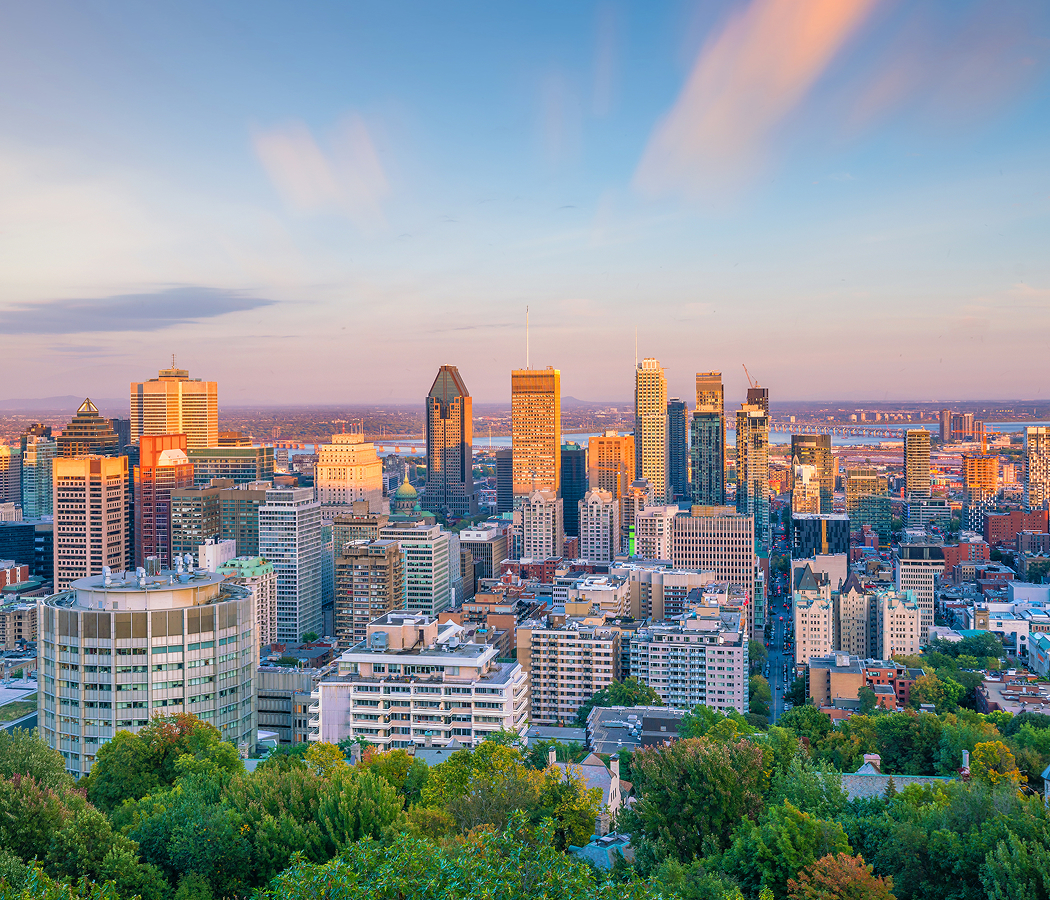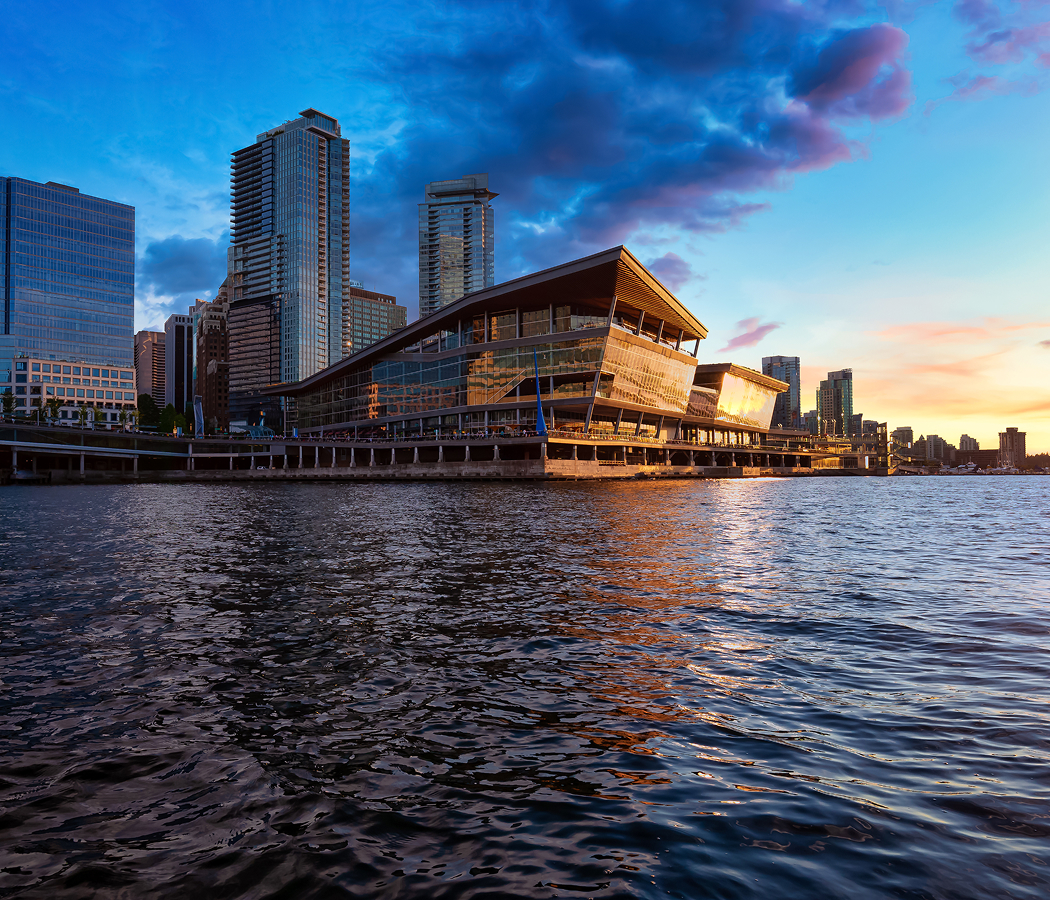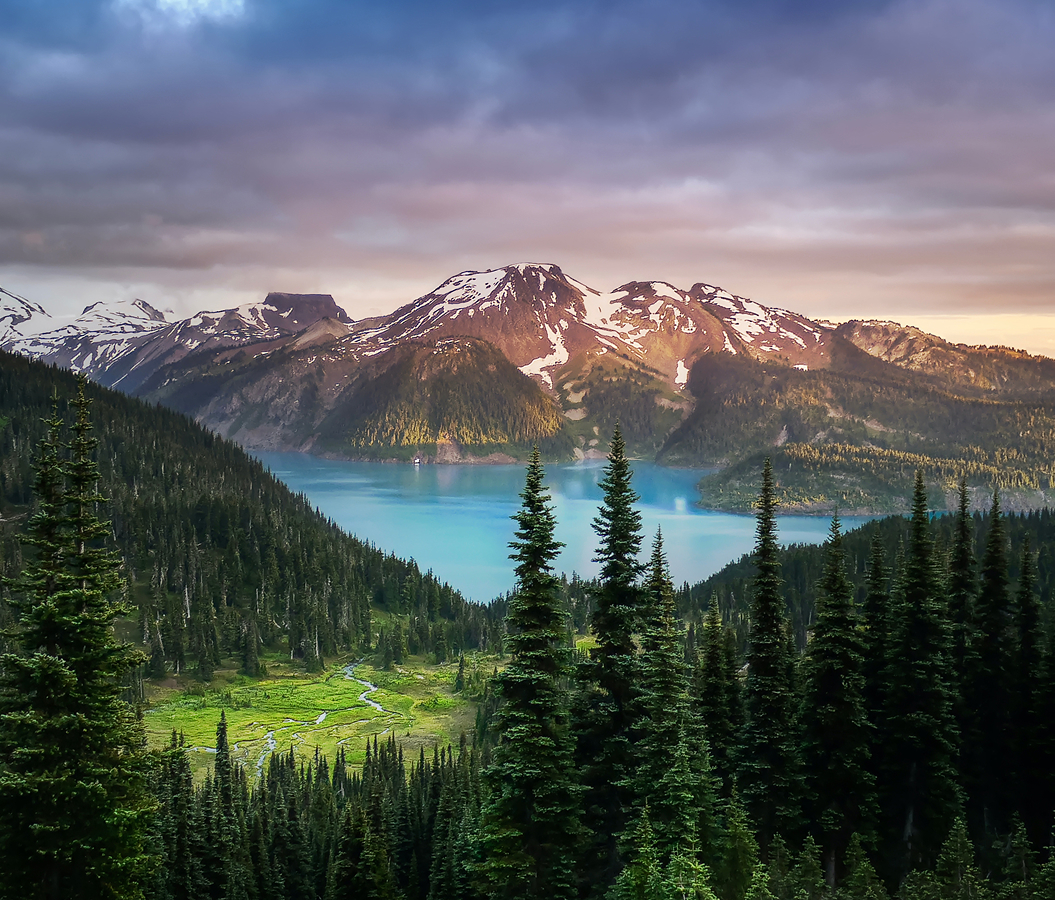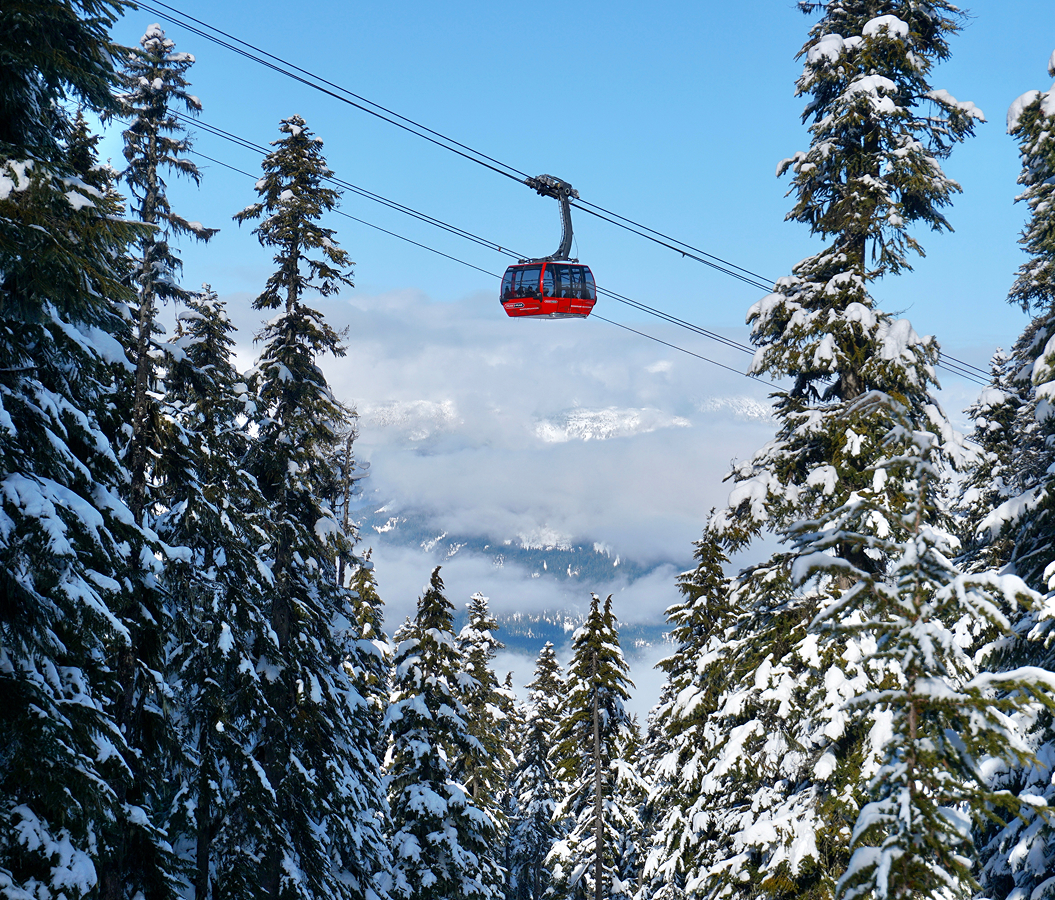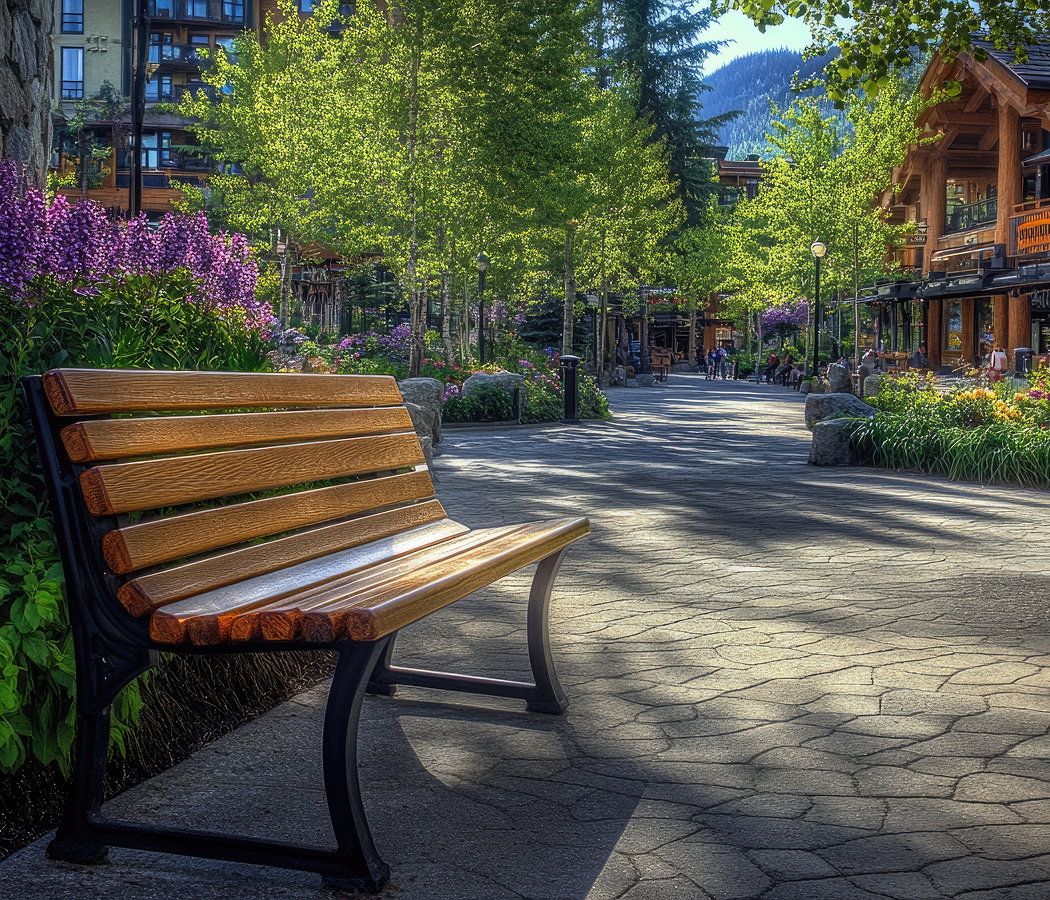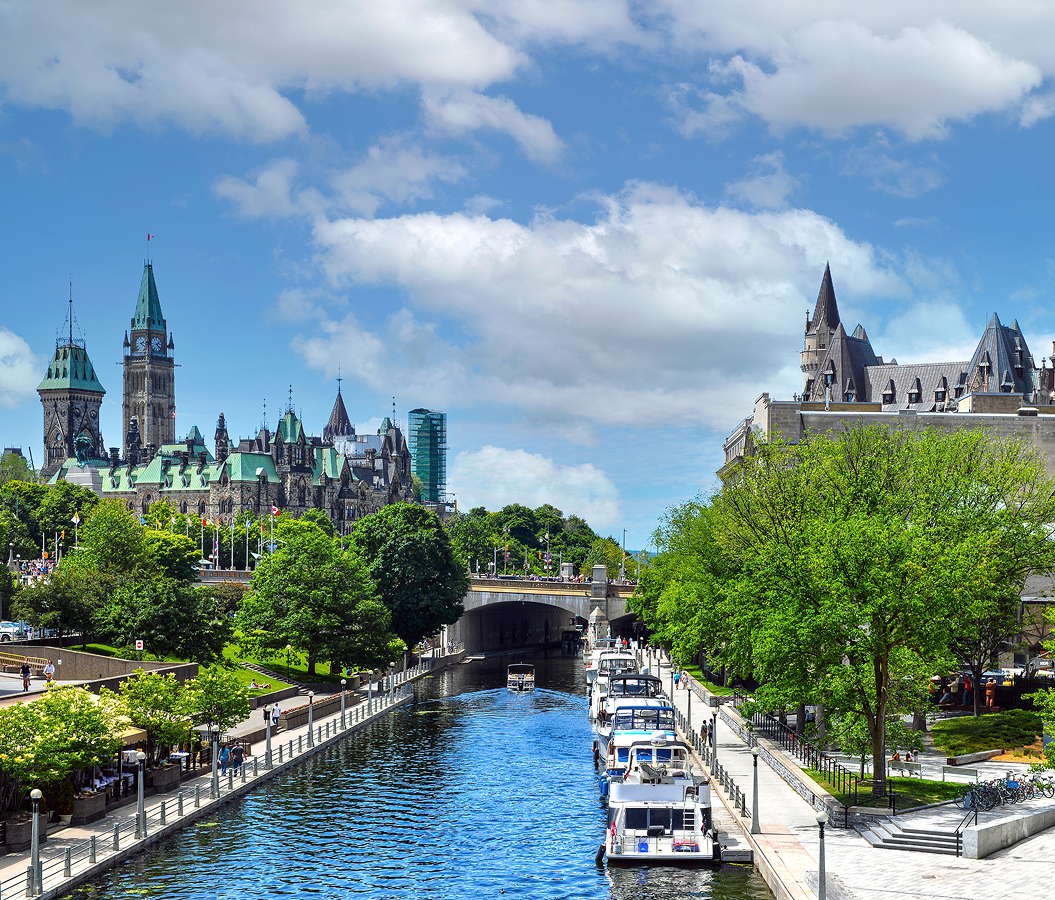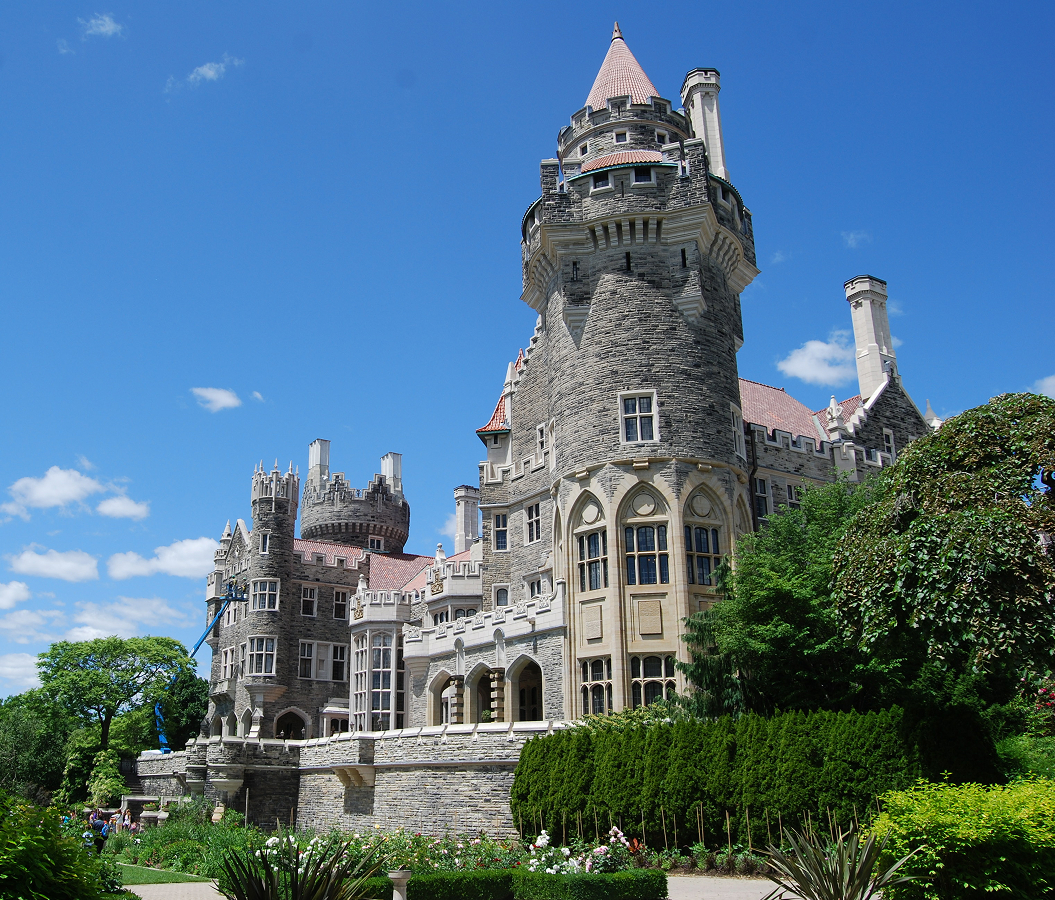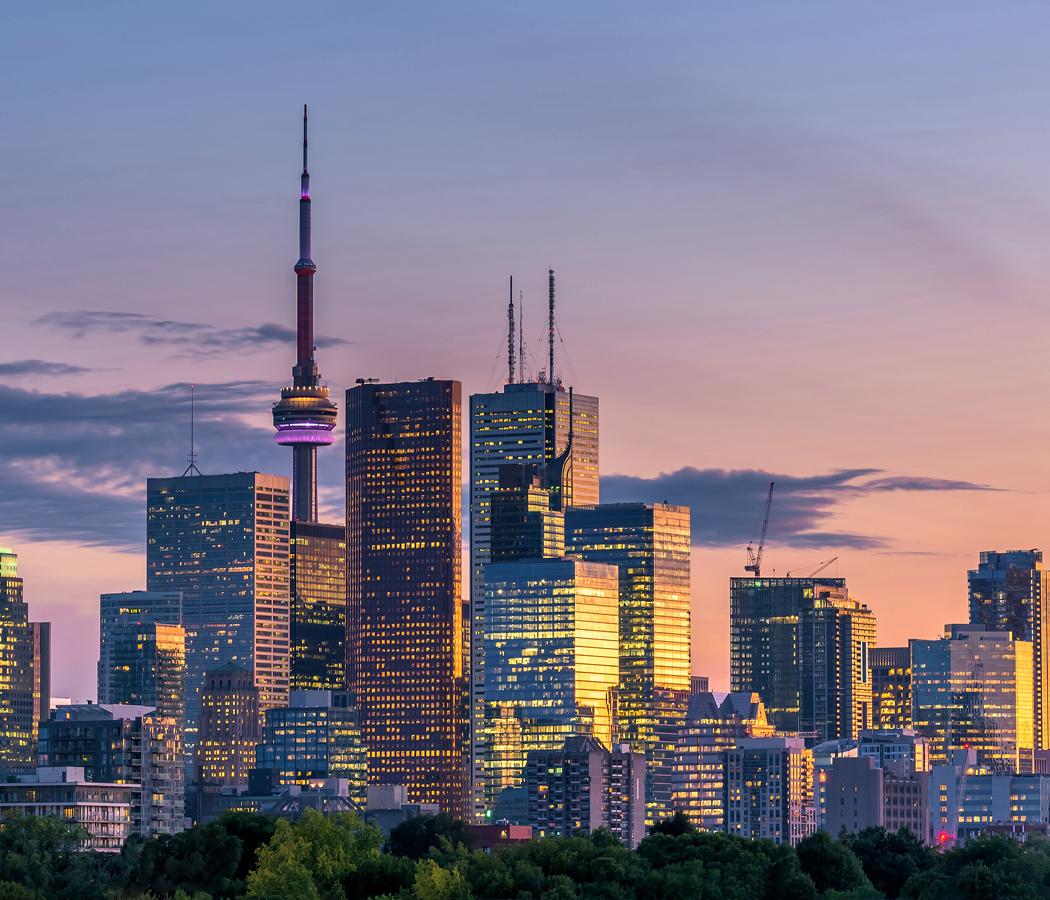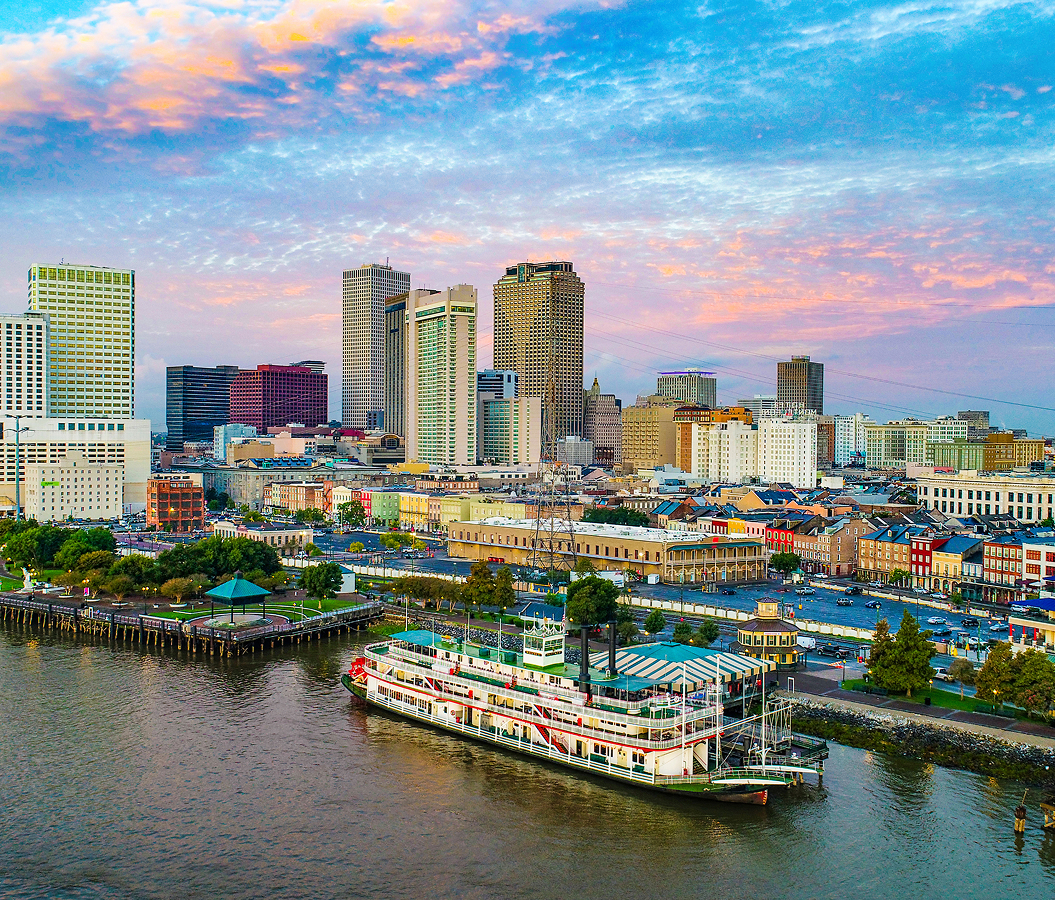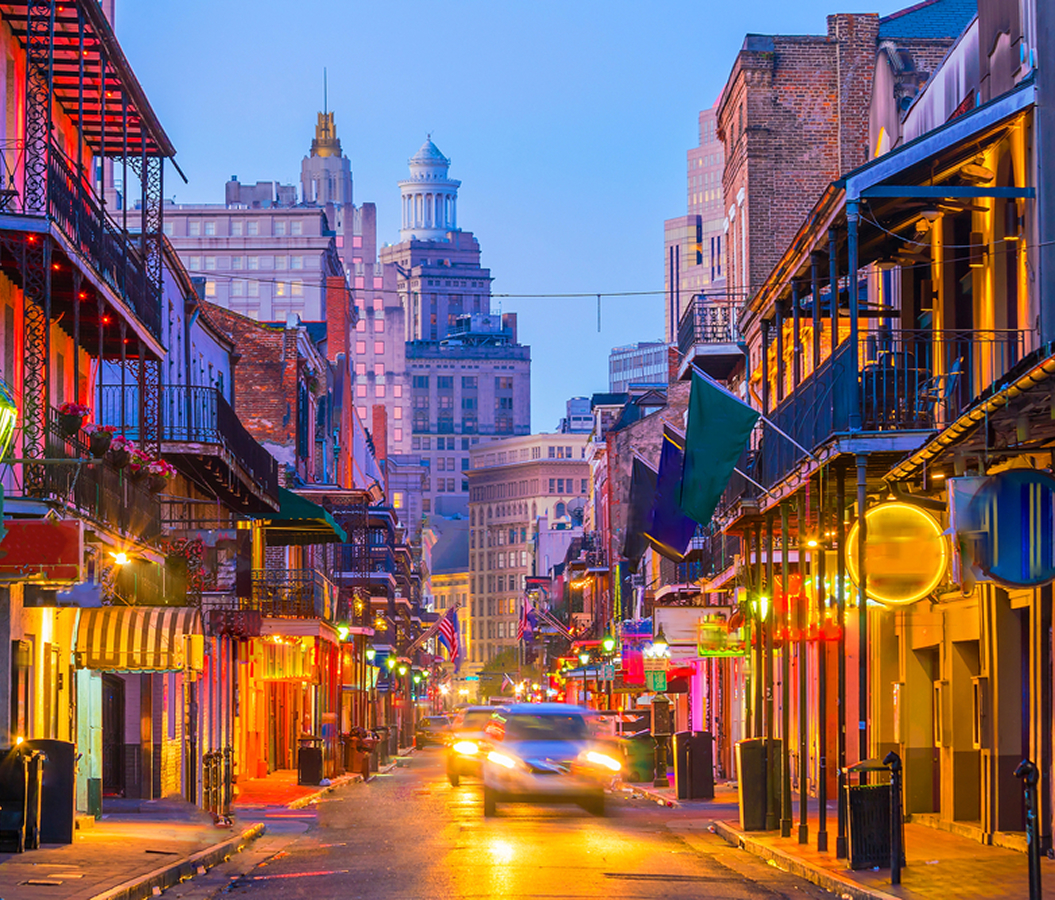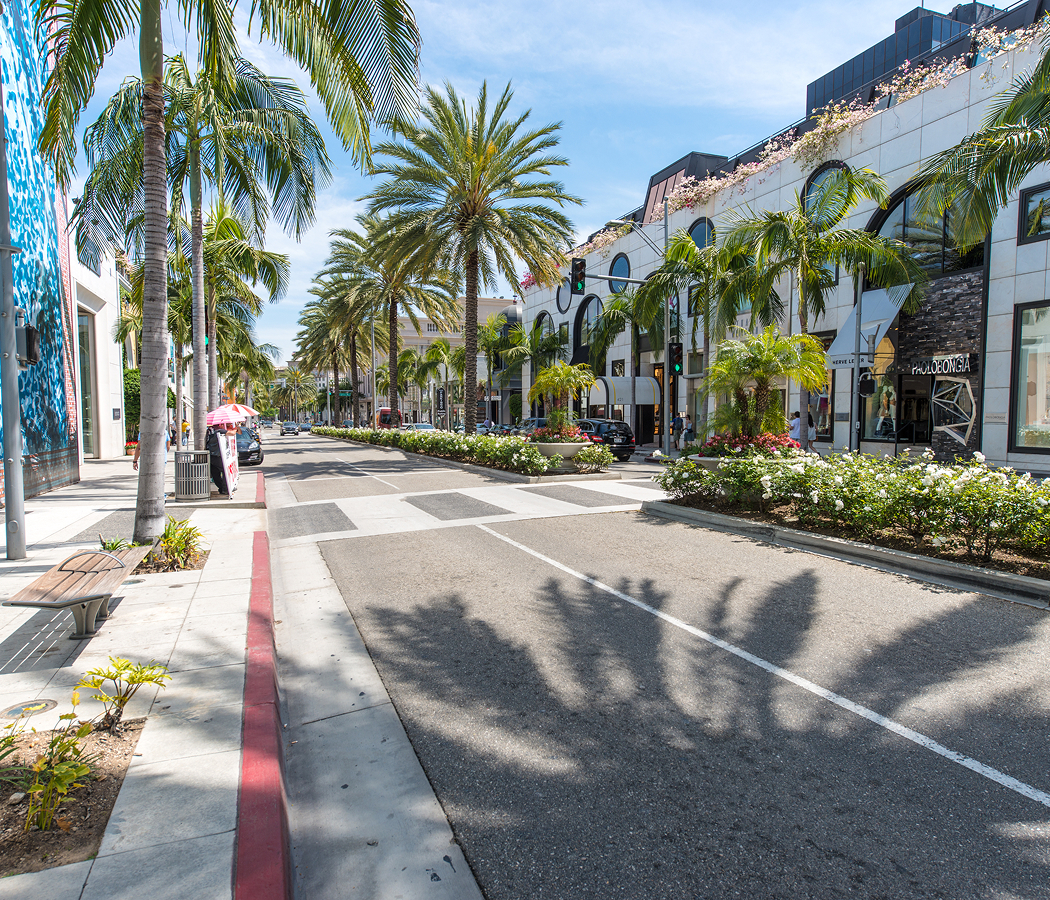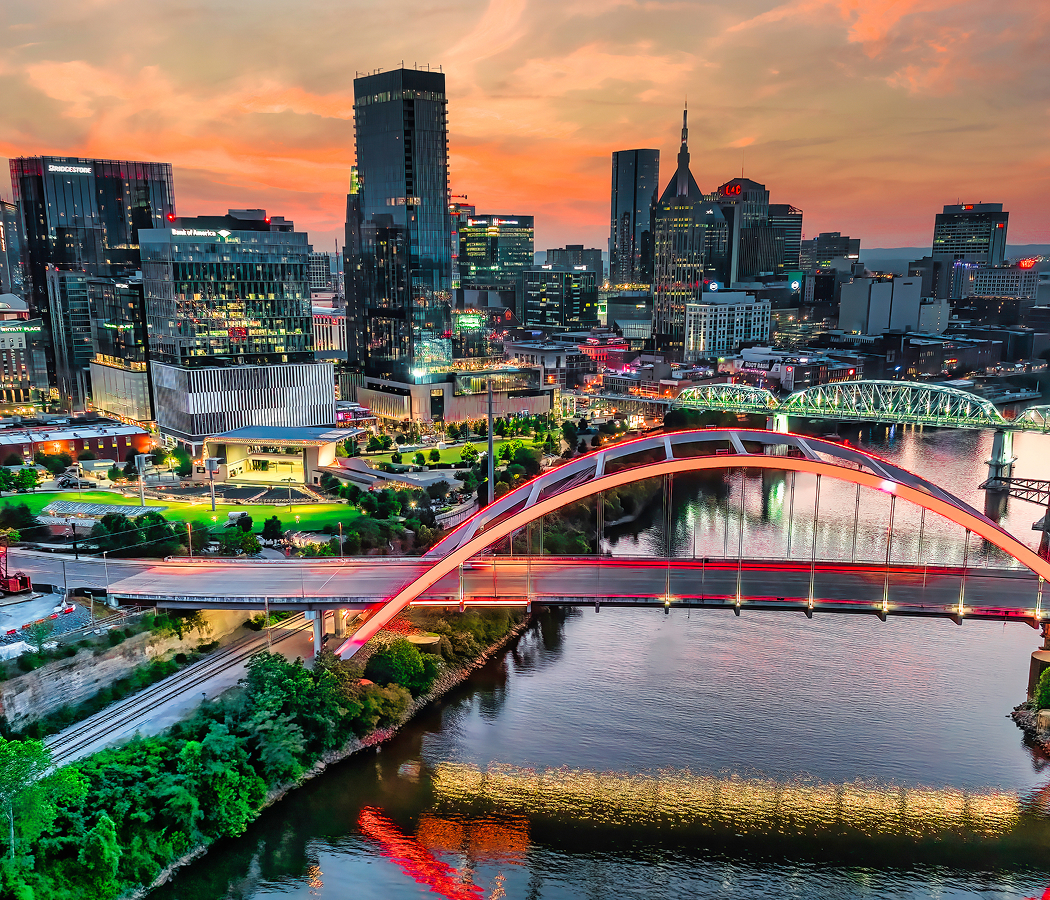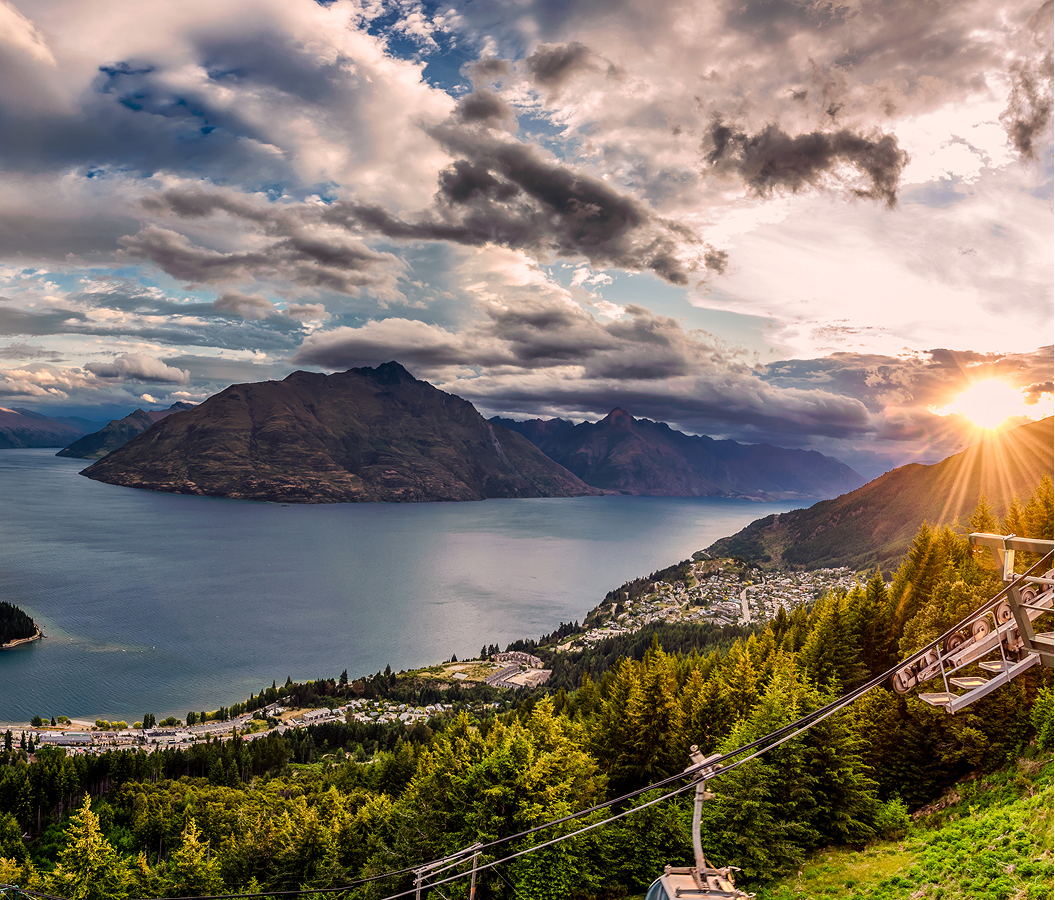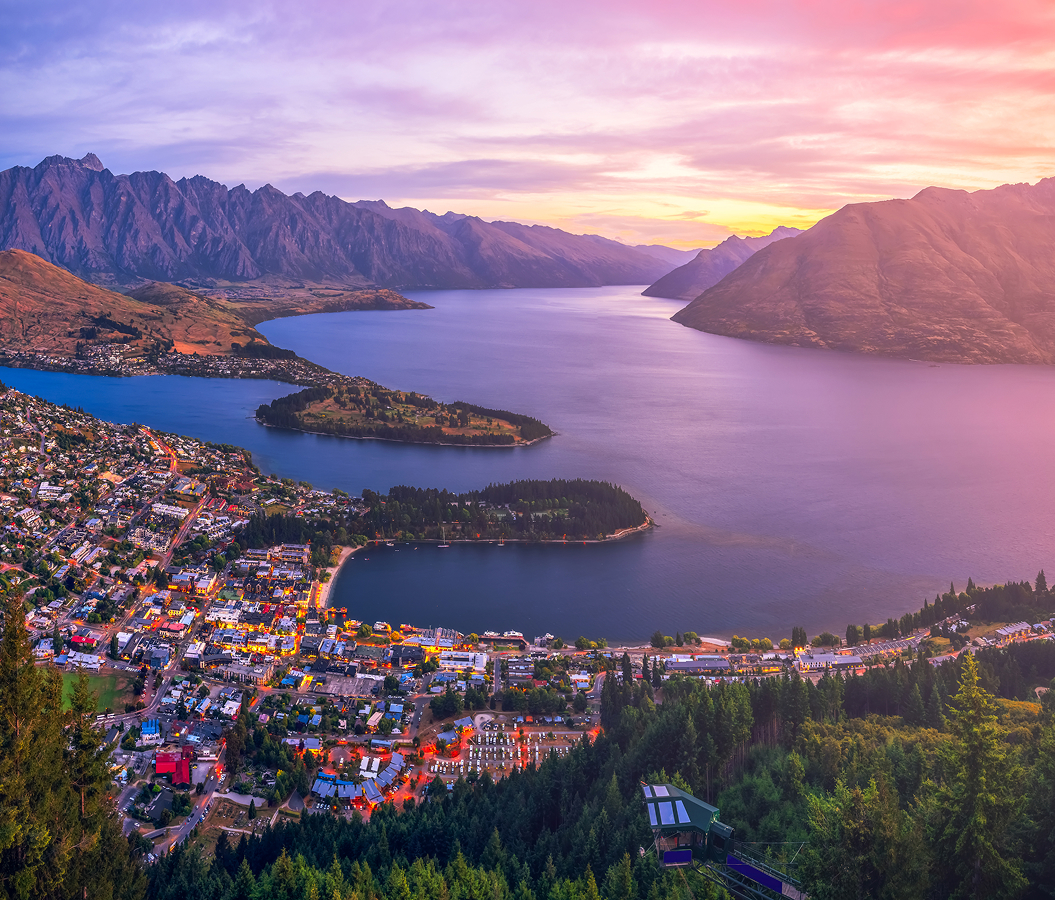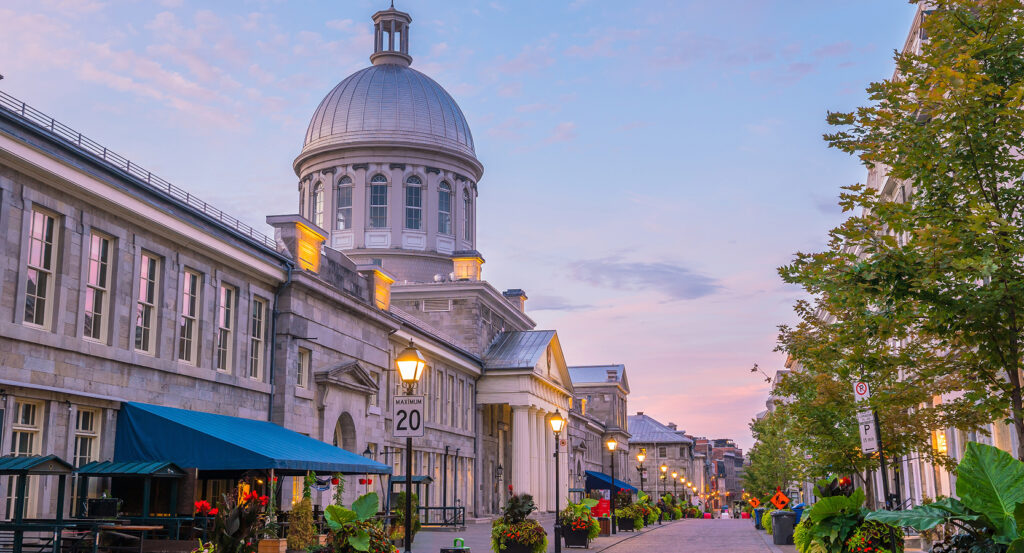
Why you should experience Old Montréal (Vieux-Montréal).
Old Montréal (Vieux-Montréal) is a city within a city, a riverside jewel where centuries of history breathe through cobblestone streets, and every corner hums with the rhythm of the past meeting the present.
Founded in 1642, this district is Montréal’s birthplace and its most atmospheric neighborhood, where French colonial architecture, old-world charm, and modern vitality coexist in seamless harmony. Walking through its narrow lanes feels like wandering through a European dream, with wrought-iron balconies, horse-drawn carriages, and the faint echo of church bells filling the air. The heart of it all is Place Jacques-Cartier, a lively square lined with cafes and street performers, leading down to the Old Port where the St. Lawrence River glistens in the sunlight. Towering above, the majestic Notre-Dame Basilica commands reverence with its twin spires and dazzling blue interior, a masterpiece of Gothic Revival architecture that seems to glow from within. But Old Montréal is far from frozen in time; its 18th-century warehouses now house art galleries, boutique hotels, and some of the city’s most inventive restaurants. Lanterns flicker to life at dusk, and the district transforms, elegant, romantic, and alive with music. It’s a place that doesn’t just tell Montréal’s story; it sings it.
What you didn’t know about Old Montréal.
Old Montréal’s enduring magic lies in its ability to evolve while preserving its soul.
This was once the walled heart of New France, a fortified settlement that grew into a hub of trade, culture, and religion. The Old Port served as Montréal’s commercial lifeline for centuries, connecting fur traders, merchants, and explorers to the wider world. The district’s streets still follow the original 17th-century layout, their curves and alleys tracing the contours of colonial ambition. The architecture reflects this evolution, from the neoclassical grandeur of the Bonsecours Market to the Renaissance elegance of City Hall, where Charles de Gaulle once proclaimed “Vive le Québec libre!” in 1967. Beneath the surface, literal layers of history remain, archaeological ruins, ancient cellars, and preserved fortifications are hidden beneath the Pointe-à-Callière Museum, built atop Montréal’s original birthplace. Few realize that Old Montréal’s rebirth as a cultural hub was almost lost to modernization in the 20th century. In the 1960s, developers sought to replace its historic buildings with highways, but citizen activism and a new appreciation for heritage architecture sparked an urban renaissance. Today, it’s home to artists, designers, and entrepreneurs who’ve turned its cobblestones into canvases. Festivals fill its plazas year-round, from open-air jazz concerts to winter light shows that cast the old façades in glowing hues. Old Montréal isn’t just a preserved artifact, it’s a living conversation between eras, a reminder that progress and preservation can thrive together.
How to fold Old Montréal into your trip.
Exploring Old Montréal in Montréal is best done slowly, through unhurried wandering and open senses.
Start your morning at the Notre-Dame Basilica, where the interplay of light and color transforms the sanctuary into a cathedral of emotion. From there, stroll along Rue Saint-Paul, the city’s oldest street, lined with galleries, antique shops, and cafes that spill onto the sidewalks. Stop for a coffee at a bistro terrace, where you can watch artists sketching the skyline or listen to buskers playing accordion under the maple trees. Wander toward Place d’Armes for a view of the old and new, the historic Bank of Montréal building standing across from sleek skyscrapers that reflect its stone façade. Continue to the Bonsecours Market, once the city’s main marketplace and now a showcase for Québec artisans. Don’t miss the waterfront at the Old Port, where boardwalks, boats, and the Montréal Observation Wheel offer sweeping views of the river and cityscape. For an intimate encounter with Montréal’s roots, visit the Pointe-à-Callière Museum, which literally descends beneath the streets to reveal the city’s archaeological foundations. As evening falls, dine by candlelight in one of the district’s converted warehouses, perhaps at a modern French bistro tucked between stone arches, then cap the night with a riverside stroll under the amber glow of street lamps. The cobblestones glisten after rain, the air hums with distant laughter, and the spirit of Old Montréal lingers, elegant, resilient, and timeless.
Hear it from the Foresyte community.
You wander here and suddenly you’re in Paris without the flight. stone walls, narrow alleys, and street lamps that make you look cooler than you actually are.
Where meaningful travel begins.
Start your journey with Foresyte, where the planning is part of the magic.
Discover the experiences that matter most.



